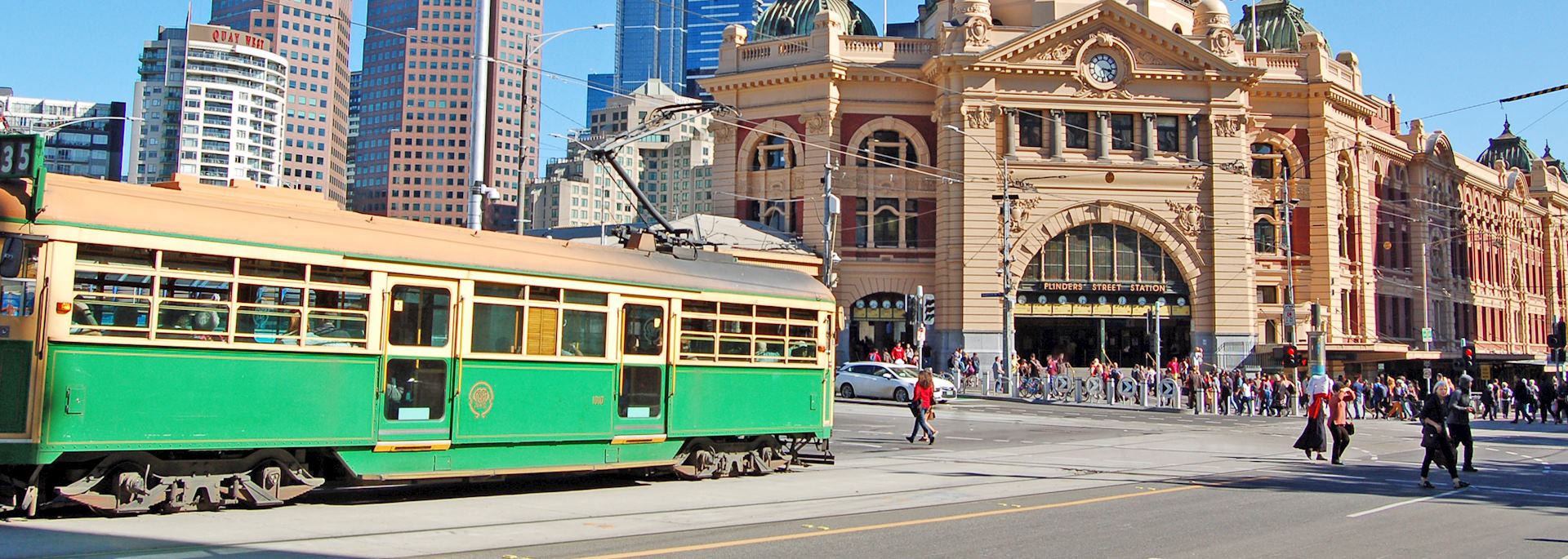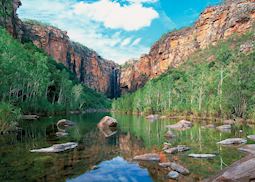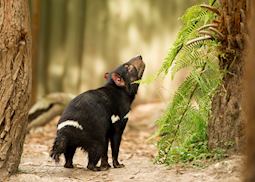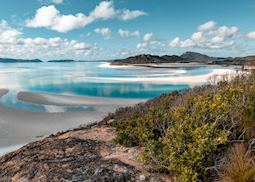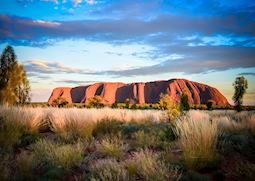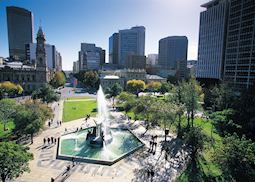
In a country that dwarfs the entire continent of Europe there’s much to see. Australia’s character is quicksilver: one moment, you could be admiring the Sydney skyline, the next, you might be far from city lights, stargazing in the wildernesses of the Outback in Uluru-Kata Tjuta National Park or the Kimberley. It’s a land of extremes. Think of the 12 sandstone pinnacles waymarking the Great Ocean Road, or the thousands of corals and cays combining to create the Great Barrier Reef.
Our Australia specialists have a deep understanding of the country’s landscapes and attractions. As well as offering tips for unlocking the major cities of the east and west coasts, they can help you explore some of Australia’s pristine environments, from natural island wildlife reserves to remote, Aboriginal Arnhem Land.
Our Australia specialists have a deep understanding of the country’s landscapes and attractions. As well as offering tips for unlocking the major cities of the east and west coasts, they can help you explore some of Australia’s pristine environments, from natural island wildlife reserves to remote, Aboriginal Arnhem Land.
Speak to someone
who's been there
who's been there
-
01993 838 92501993 838 810
- Make an enquiry
Popular places to visit in Australia
Featuring heavily on our itinerary ideas for visiting Australia, these places are destinations that we know prove consistently popular with our travellers. How you choose to include them in your trip can be tailored into a route that best suits your preferences.
Australia places A-Z
- Adelaide South Australia
- Airlie Beach Queensland
- Albany Western Australia
- Alice Springs Northern Territory
- Andamooka South Australia
- Apollo Bay Victoria
- Arnhem Land Northern Territory
- Atherton Tablelands Queensland
- Baird Bay South Australia
- Bamurru Plains Northern Territory
- Barossa Valley South Australia
- Bellingen New South Wales
- Bermagui New South Wales
- The Blue Mountains New South Wales
- Brisbane Queensland
- Broome Western Australia
- Bullo River Station Northern Territory
- Byron Bay New South Wales
- Cairns Queensland
- Cape Lévêque, Dampier Peninsula Western Australia
- Cape Range National Park Western Australia
- Clare Valley South Australia
- Cobourg Peninsula Northern Territory
- Coffs Coast New South Wales
- Coffs Harbour New South Wales
- Coober Pedy South Australia
- Cooktown Queensland
- Coorong National Park South Australia
- Cradle Mountain-Lake St Clair National Park Tasmania
- Croajingolong National Park Victoria
- Daintree Rainforest & Cape Tribulation Queensland
- Darwin Northern Territory
- Daylesford & Macedon Ranges Victoria
- Deloraine Tasmania
- Denmark Western Australia
- Derby Western Australia
- El Questro Wilderness Park Western Australia
- Eyre Peninsula South Australia
- Fleurieu Peninsula South Australia
- Flinders Ranges South Australia
- Fremantle Western Australia
- Freycinet National Park Tasmania
- The Gawler Ranges National Park South Australia
- The Gippsland Lakes Victoria
- Gipsy Point Victoria
- The Grampians National Park Victoria
- The Great Barrier Reef Queensland
- The Great Ocean Road Victoria
- Hamilton Island Queensland
- The Heartlands Western Australia
- Heron Island Queensland
- Hobart Tasmania
- Hunter Valley New South Wales
- Huon Valley Tasmania
- Jervis Bay New South Wales
- K’gari Queensland
- Kakadu National Park Northern Territory
- Kalbarri National Park Western Australia
- Kangaroo Island South Australia
- Kangaroo Valley New South Wales
- Karijini Western Australia
- Katherine Northern Territory
- The Kimberley Western Australia
- Kings Canyon & Watarrka National Park Northern Territory
- Kununurra Western Australia
- Lamington National Park Queensland
- Launceston Tasmania
- Litchfield National Park Northern Territory
- Lizard Island Queensland
- Lord Howe Island New South Wales
- The MacDonnell Ranges Northern Territory
- Margaret River Western Australia
- Maria Island National Park Tasmania
- Melbourne Victoria
- Merimbula New South Wales
- Metung Victoria
- Mornington Peninsula Victoria
- Mount Field National Park Tasmania
- Murray River South Australia
- Nambung National Park Western Australia
- New South Wales
- Ningaloo Marine Park Western Australia
- Nitmiluk National Park Northern Territory
- The Northern Rivers New South Wales
- Northern Territory
- Orpheus Island Queensland
- Palm Cove Queensland
- Pemberton Western Australia
- Perth Western Australia
- Phillip Island Victoria
- Port Arthur Tasmania
- Port Douglas Queensland
- Port Fairy Victoria
- Port Stephens New South Wales
- Purnululu (Bungle Bungle) National Park Western Australia
- Queenscliff Victoria
- Queensland
- Richmond Tasmania
- Robe South Australia
- The Sapphire Coast New South Wales
- Shark Bay Western Australia
- The Shipwreck Coast Victoria
- South Australia
- Stanley Tasmania
- Strahan & Gordon River Tasmania
- Sunshine Coast Queensland
- Swansea Tasmania
- Sydney New South Wales
- Tasmania
- Tilba Tilba New South Wales
- Uluru-Kata Tjuta National Park Northern Territory
- Victoria
- Walhalla Victoria
- Western Australia
- The Whitsunday Islands Queensland
- Wilson Island Queensland
- Wilsons Promontory National Park Victoria
- Yarra Valley & Dandenong Ranges Victoria
